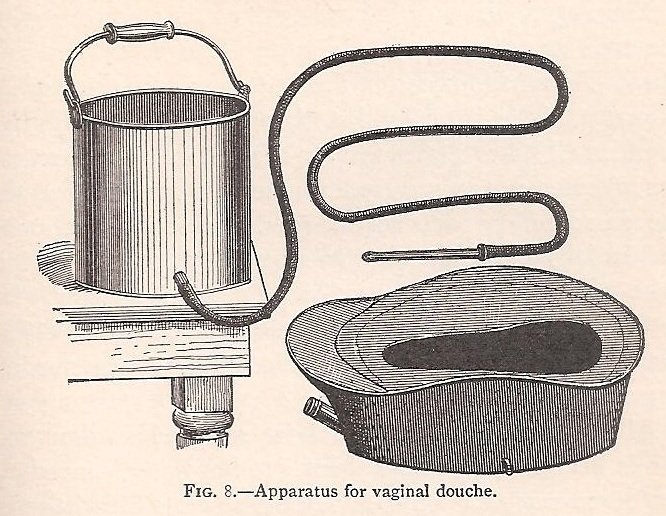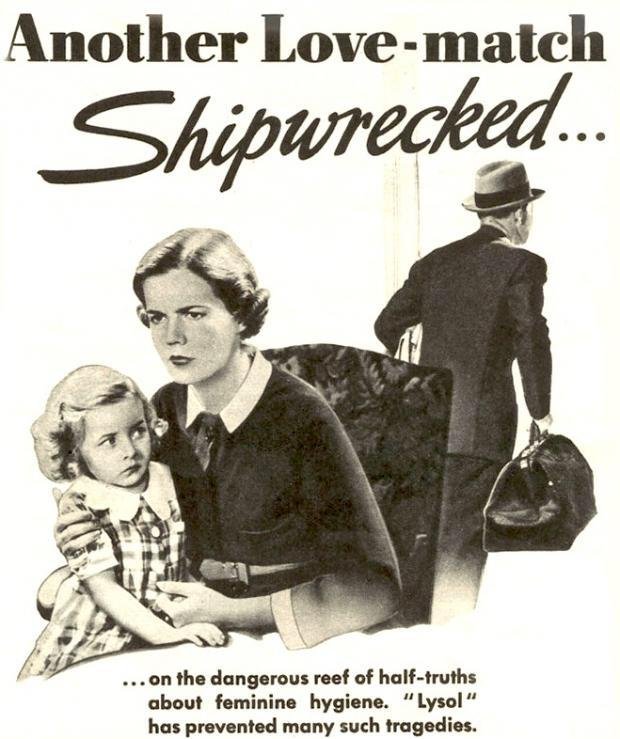We’ve all seen the pictures of plastic waste floating in our oceans. We know that this has a tremendously detrimental impact on aquatic life. It even damages the structure and landscape of the ocean itself. From human waste bioproducts to industrial runoff to general garbage, we pollute one of this earth’s greatest resources with little to no restraint. The ocean is so large, our garbage can’t really make that much of a difference, right? Wrong. What happens when you throw garbage and excrement in the same place that you get your food, year after year? You get sick. Though the heavy metal and PFAS contamination are both consequences of this process, today we are taking a look at micro- and nanoplastics.
Microplastics range in size from about 0.1 μm to 5 mm particles. Particles with a diameter less than 0.1 μm are considered nanoplastics. When trash accumulates in the ocean, it is broken down by abrasion and friction, wildlife and the combination of wind, sea and sand. Of the 380+ million tons of plastic waste produced every year, less than 10% of it is recycled and at least 10% of it will end up in the ocean. Though some of it will end up washing back up onto land, some of this trash will break down and will contaminate the ecosystem it was introduced into. Fish, mussels, and other aquatic creatures will absorb or eat some of these plastics and this will introduce a wide and varying range of chemical and physical contaminants. Some of these particulates become so small that, to the human eye, it may seem as if they’ve dissolved into the salty brine of the sea.
Now, we get about 60 billion kgs (which is something like 66 million tons) of food from the sea every year. We also use about 270 million metric tons of salt each year and while not all salt comes from the sea, a solid percentage of it does and this all poses an obvious issue. About 90 percent of sea salt has been found to contain some level of nanoplastics and we eat both! It’s very likely we use our microplastic salt on our microplastic-filled seafood! Though the hope is that we will all care about the environment enough to want to cut back on plastic pollution for the sake of reduction itself, the idea that the trash you discard without care may very well make its way back into your diet should give you pause. Recently, nearly 200 countries signed a global plastics treaty to reduce global plastic waste. This is the first global treaty of its kind and it is our hope that this will be a real step in the direction of creating a cleaner, sustainable future. One where at minimum we are no longer eating plastic.
https://www.sciencedaily.com/releases/2021/03/210310132335.htm
https://pubs.acs.org/doi/suppl/10.1021/acs.est.9b04535/suppl_file/es9b04535_si_001.pdf
https://www.nature.com/articles/s41598-019-46417-z.pdf
https://particleandfibretoxicology.biomedcentral.com/articles/10.1186/s12989-020-00358-y































